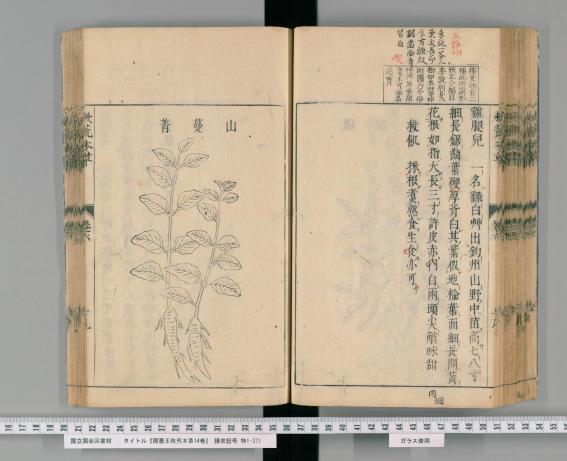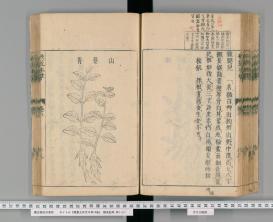This project examines the dynamics of knowledge production and transcultural interactions in the early modern Sinosphere by investigating the establishment and development of famine plant manuals—a thematic genre that centers on edible plants for use in times of food shortage. With the inspiration of Jiuhuang bencao, an illustrated manual of 414 edible plants compiled and published by the Ming dynasty prince Zhu Su 朱橚 in 1406, state agents, learned gentlemen (or samurai), philanthropists and naturalists across East Asia composed, printed, and distributed many manuals that detailed the names and distribution of edible “famine plants,” characterized their physical appearance, and provided preparation instructions in texts and images. Though derived from the bencao genre (materia medica), famine plant manuals are largely devoid of medical interest and provide an alternative approach to natural history. By examining the compilation and reception of famine plant manuals, my study recounts the formation and negotiation of the concept of “emergency food” in China and Japan and demonstrates that the understanding of emergency food was shaped by the accessible natural resources and by epistemic interconnections within pre-modern East Asia, and such understanding also transformed the planning and utilization of the natural world, generating new knowledge about it.

Shūken’ō kyūkō honzō (1716), comments about Jiuhuang bencao by Japanese herbalists in the margin. National Diet Library, Tokyo.

